El Kala (Algeria) true paradise on earth !!
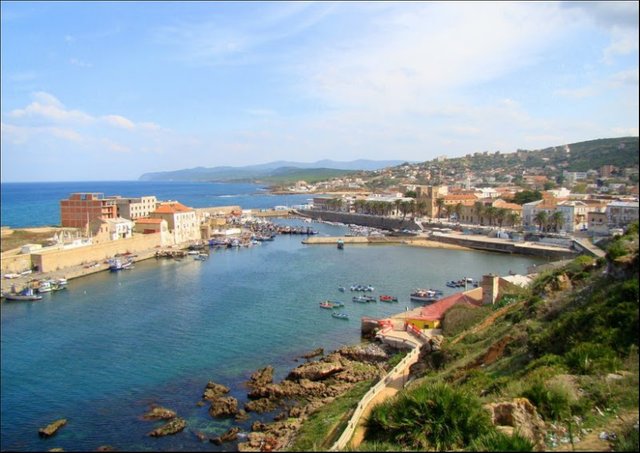
The city el kala is one of the most beautiful places in the world a municipality in the province of El-Taraf, Algeria,located between Annaba and Tabarka, is the most popular destination for holidaymakers in inner cities, Constantine, Batna, Tebessa, Biskra, El-Oued, etc... due to its abundance of natural landscapes .. Its population is estimated at 35,000.
El kala or "Calle" in French was known by this name by the French for the great docking of ships by which was the first Mediterranean Gulf to dock their ships ..
this city stretches from Oued Seybouse in the west to the Algerian-Tunisian border, in the east, it is especially the zone of El Kala, with its famous lakes, its national park and its fascinating attractions, which is the reputation of this region located more than 600 km from the capital.

Queen of coral and label, at one time, of the Algerian pipe in heather, fishing port par excellence and ancient citadel to the peninsula unique of its kind, El Kala, coastal and tourist town, turns into summer in true center vacation.
It is located in the north near the Tunisian border and is administratively owned by the Al Tarf State, a coastal area full of coral and fish species ... tourists come from everywhere to get to know them, enjoy its scenic scenery and visit its exhibits.
El kala is considered to be the second largest city in the region. It is home to the National Cemetery, a fishing port and many beaches.
It is a coastal area full of coral and fish species ... tourists come everywhere to get to know them, .enjoy its scenic scenery and visit its exhibits.
Every year, we register more than two million holidaymakers who frequent the beaches of the El Tarf wilaya including that of Cap Rosa and the old Kale where there is a historic site dating from 1683 of Sasson Napoleon (Bastion de France) .
 Marine Ecosystem - Dune Ecosystem
Marine Ecosystem - Dune Ecosystem
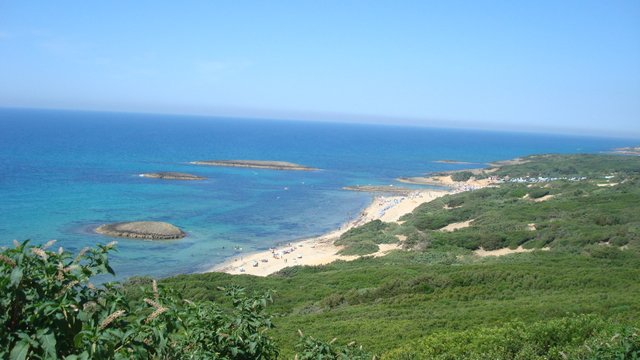
El-Kala remains by far the most beautiful region of Algeria, with its World Heritage listed lakes and paradisiacal beaches.
The coastline of El Kala extends about 50 km between Cape Segleb (or Cape Roux) and Cape Rosa. It is composed of coral formation sheltering several species of fish. Although prohibited by a law of 1998, the fishing of the red coral takes alarming proportions in Algeria.
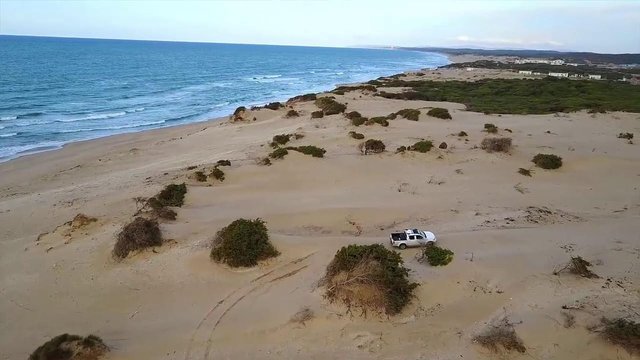
The Algerian authorities had indeed banned fishing for "red gold" for ten years to give it time to regenerate. But when you know that the kilo of red coral sells for about 150 000 DA (or1300$) many families are attracted by this poaching that the coastguard have difficulty controlling. Illegal coralers operate in international networks, mainly with Tunisia.

But until a drastic step is taken to prevent the killing of this wealth, coral reefs continue to be squandered. The seabed is infiltrated by nutrient-rich freshwater currents from coastal lakes that have, over time, shaped an underwater world of unparalleled beauty that abounds with an aquatic life that singles the shores of the sea.

El Kala reserve coastline is also made up of beaches, dunes, sandstone cliffs and caves that are nesting grounds for many bird species. The setting of the coastal dunes, with an altitude varying between 20 and 120 m, is dependent on an abundant and diversified vegetation.
 El Kala National Park
El Kala National Park
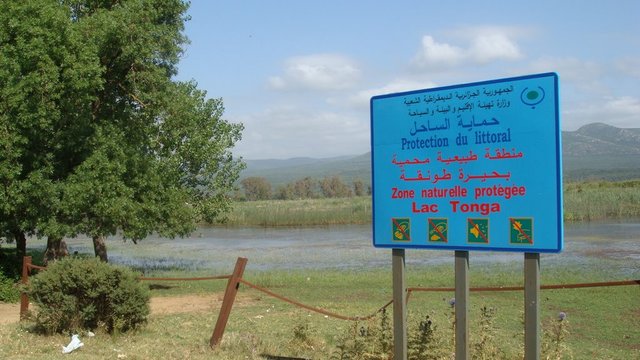
The exceptional character of El Kala resides in its theoretically protected natural reserve which leaves the visitor of this region admiring and contemplative.
Established in 1983, Kala National Park is located in the far north-east of Algeria. , it is bounded on the east by the Algerian-Tunisian border, on the north by the sea, on the west by Cape Rosa, on the south by the foothills of the Jebel El Ghorra.Covering an area of 80 000 ha, it is bordered on the north by the Mediterranean Sea and on the east by the Tunisian border.
In Algeria, there are ornithological sites of very high quality, often unknown in Europe: this is particularly the case of the El-Kala National Park in the north-east of the country, on the border with Tunisia.
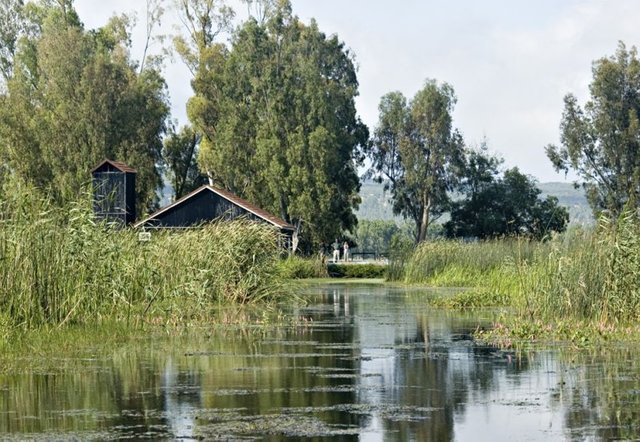
This 76,438 ha site, also known as the Biosphere Reserve, borders the Mediterranean Sea and includes a beautiful mosaic of habitats: wetlands, pine and oak forests (including a rare coastal forest of Aleppo Pines), mountainous and marine ecosystems. Biodiversity is very important (818 plant species) and El-Kala is in particular the first Algerian wintering area for migratory birds. Several rare species nest here, such as the Osprey (Pandion haliaetus), the White-headed Duck (Oxyura leucocephala) or the Ferruginous Duck (Aythya nyroca). It is also home to many rare and protected mammals such as the Barbary deer as well as historical sites and monuments represented by Roman and Ottoman remains.
El Kala National Park is located in El Tarf province in eastern Algeria and covers an area of 78,400 ha. It is a marine, terrestrial and lacustrine park, classified as a UNESCO Biosphere Reserve in 1990, and contains two wetlands of international importance, namely Oubeïra, Tonga and Bird Lake.
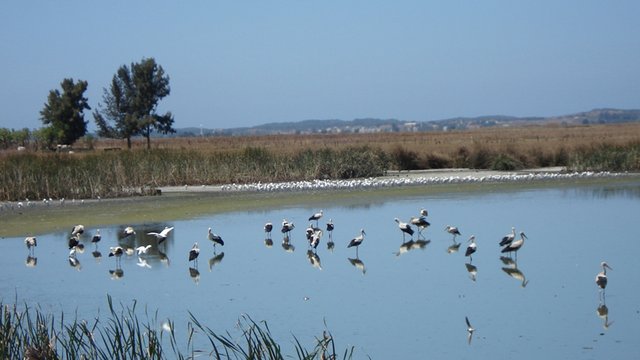
El Kala National Park contains a set of wetlands of high ecological value (VAN DIJK and LEDANT, 1983). These are located on the path of Western Palaearctic migration (CHALABI, 1990). As a result, tens of thousands of water birds come to winter in the region or to stop before starting the desert or the Mediterranean crossing. This set of ecosystems is home to a unique flora and fauna in the world that has long attracted the attention of national and international naturalists. In this regard, BOUGHAZELLI et al. (1977) wanted to create a natural park in this region. It was not until 1983 that this park was created by Decree 83 -458 of 23 July 1983 (ANONYME, 1984). In what will follow several aspects are discussed concerning the selected region including its geographical location, its physical characteristics, edaphic, climatic, floristic and faunistic.
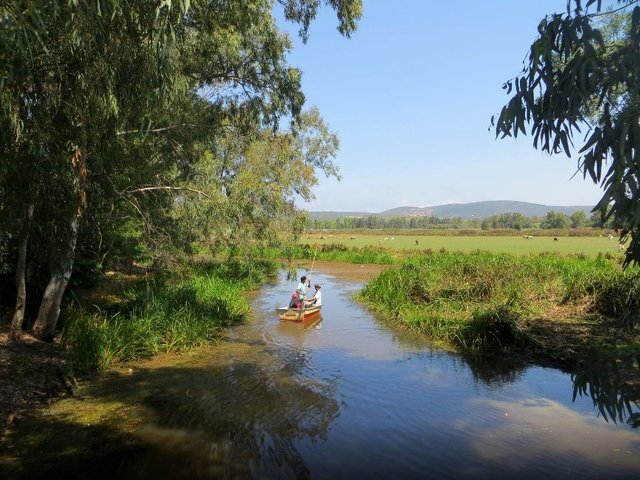
The Park is made up of a mosaic of forest, lake, dune and marine ecosystems, giving it a high biological and ecological value in the Mediterranean basin. Its flora, fauna and cultural heritage earned it its inscription as a UNESCO Biosphere Reserve in 1990.
 Lacustrine ecosystem
Lacustrine ecosystem

Three large lakes of international importance are arranged in an arc around El Kala: Lake Mellah (salt water), an integral reserve of 860 ha (lagoon unique in Algeria), is in contact with the Mediterranean by a channel; it is an ecosystem of considerable wealth, because it has in addition to marine aquatic inputs (fish, crustaceans), mountain sources; Tonga Lake (brackish water) and Lake Oubeïra (freshwater) are fish lakes, more or less deep and with a respective area of about 2600 ha and 2200 ha. These wetlands are located on the migration route of tens of thousands of birds from Europe and Asia to winter, and some to breed, or to stop after the test crossing the Mediterranean before starting the next, the crossing of the Sahara.
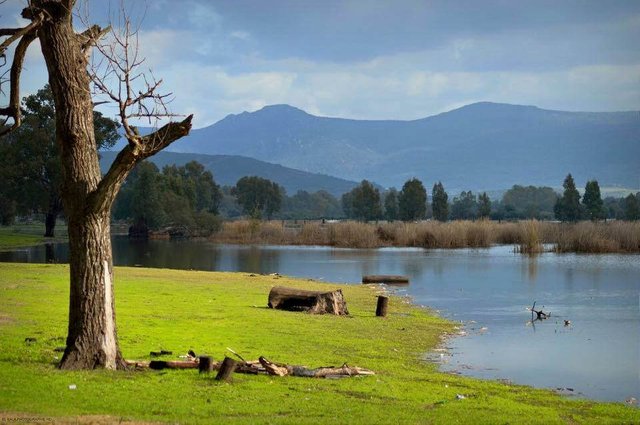
It is in winter indeed that the region of El Kala takes its international importance as a center of biodiversity with its lakes considered as the most important ornithological wintering site of the Mediterranean basin. This lacustrine ecosystem is the last sanctuary for the survival of some rare and endemic species.
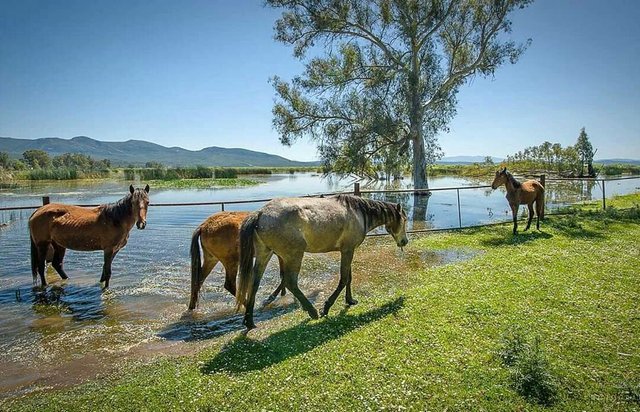
As such, Tonga Lake and Lake Oubeira were included in the Ramsar List of Wetlands of International Importance in 1982. By ratifying the Ramsar Treaty (the Iranian city where the Convention on Wetlands was adopted in 1971), Algeria has received international support to maintain this vast network of bird migration around the world.
 The wealth of the fauna
The wealth of the fauna
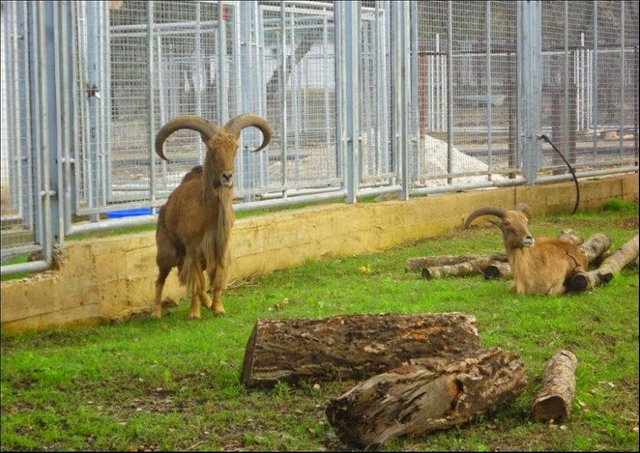
Due to the diversity of ecosystems and ecological niches, an important fauna lives in this region. Thus, the group of mammals is represented by 40 known and recorded species including 9 bats (bat) and 2 marine species, the monk seal and the common dolphin. But the emblematic mammal of the region is the Barbary deer; it is an endemic species and remains the only known species of African cervid. The spotted or striped hyena, the red fox, the golden jackal, the caracal lynx, the wild cat, the genette, the mongoose, the porc epic are becoming more and more rare.
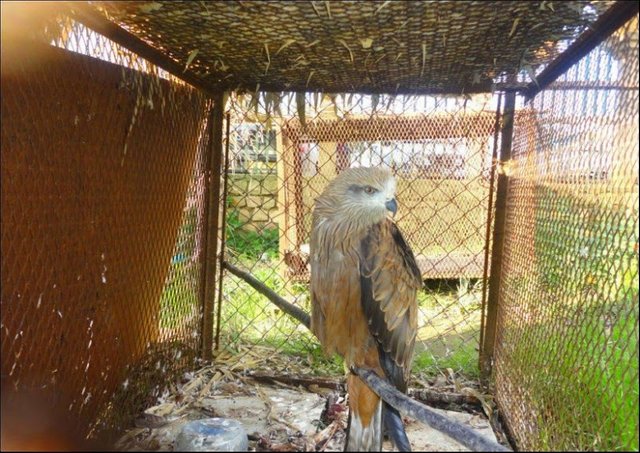
Wild boar, as everywhere in Algeria, proliferates dangerously. The otter, protected species worldwide, lives discreetly in the waters of Lake Oubeïra. As for the two species of sea turtles, the best known in the region, the loggerhead turtle and the green turtle, which flourished so recently, have regressed in a worrying way because of their sloping beaches disturbed by the proliferation of highways. and develop it unconscious of these so-called so-called areas of "tourist expansion".
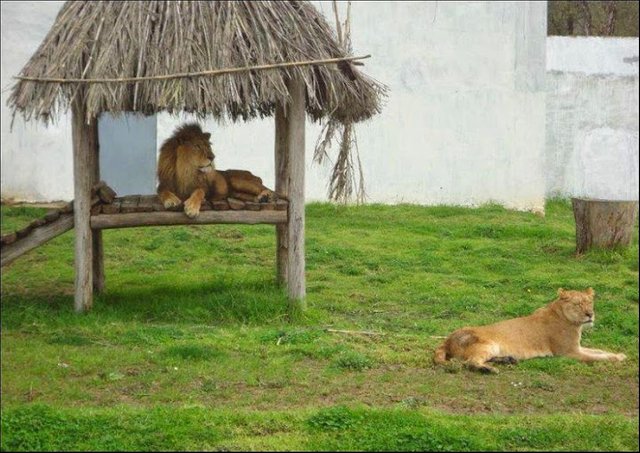
The majority of the population is indeed not very concerned about the protection of the environment and is not, so far, sufficiently aware of the ecological gesture. The Park is also home to 25 species of raptors, including Osprey and Egyptian Vulture; 9 species of seabirds, including crested cormorant and herring gull; 64 species of waterbirds, including Sultana hen, Marbled teal, and especially two species of ducks, Ferruginous duck and White-headed Duck, which contributed to the international ranking of El Kala wetlands because they gather every winter a large proportion of their global workforce.
 Forest ecosystem
Forest ecosystem

The flora of the Kala Reserve has about 850 which represents the levels of the Algerian flora. It consists of aquatic plants, a set of plants that are part of flower processions of cork oak, zen oak and some rare things, the water chestnut and the yellow water lily lining the surface of Lake Oubeïra, whose c is the only station in the Maghreb. The forest ecosystem is mainly made up of forests such as oaks and cork oaks, which are home to many species such as chestnut and holm oak, and reforestation forests such as maritime pine and eucalyptus. In places thanks to the action of the man, the cedar to the repression its place in the region. The undergrowth is obviously very rich.
The oak lives in symbiosis with the heather, which provides the raw material for the small local factory of pipes. Arbutus, myrtle, rockrose, rosemary, laurel ... embellish their intoxicating scents the mountain when it is not the broom that gild the maquis.
 The alder of Ain Khiar
The alder of Ain Khiar
Aïn Khiar alder (Berrihane commune) is a small swampy area located north of the agricultural plain of El Tarf. This small ecosystem, fragile and original, receives in winter period the flood waters of El Kebir wadi. It is an extremely rare environment of natural wetland in the Mediterranean region that can be considered as a site of international importance. The alder groves are characterized by a specific composition of the bird stand that exploits them. They consist of large trees, up to an average of 20 m in height.
 Bird Lake
Bird Lake

45 km west of El Kala is Lake Birds also classified nature reserve. It is a freshwater lake with an area of 120 ha in winter and 70 ha in dry season. Despite its small size in summer, it is home to nesting many rare species. Its flora is also very rich, and for some species it is the only station.
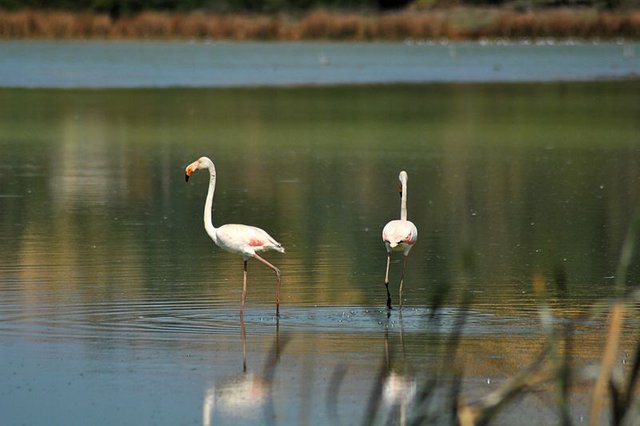
The lake of major interest is considered by ornithologists and scientists as a school for their research, observation and enumeration of the waterbirds who stay there. It hosts thousands of waterbirds every year,
including:
![]() Pintail (Anas acuta),
Pintail (Anas acuta),
![]() Northern
Northern
![]() Shoveler (Anas clypeata),
Shoveler (Anas clypeata),
![]() Whistling duck (Anas penelope),
Whistling duck (Anas penelope),
![]() Tufted duck (Aythya fuligula),
Tufted duck (Aythya fuligula),
![]() Ferruginous duck (Aythya nyroca),
Ferruginous duck (Aythya nyroca),
![]() Teal (Anas crecca),
Teal (Anas crecca),
![]() Teal (Anas querquedula),
Teal (Anas querquedula),
![]() Spatula,
Spatula,
![]() White-headed duck,
White-headed duck,
![]() Shelduck of belon,and others
Shelduck of belon,and others

45 km west of El Kala is Lake Birds also classified nature reserve. It is a freshwater lake with an area of 120 ha in winter and 70 ha in dry season. Despite its small size in summer, it is home to nesting many rare species. Its flora is also very rich, and for some species it is the only station.
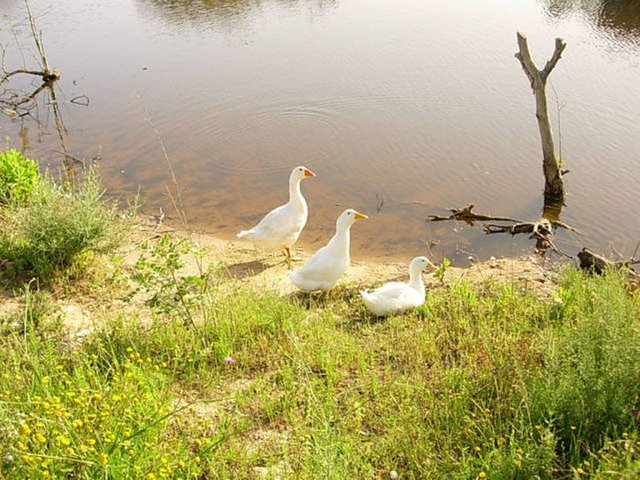
 The marsh of Mekhada
The marsh of Mekhada
Mekhada marsh is located 20 km east of the city of Annaba and 45 km west of the city of El Kala, located nearby, cover an area estimated at 8,900 hectares.
It is an immense marshy basin, occupying the central part of the plain of Mafragh. The confluence of the wadi El Kebir and Wadi Bounamoussa, it is separated from the sea by a dune ridge (El Battah beach).
From a depth of 0.5 to 1 meter, its surface is more than 80% covered by an emergent vegetation consisting mainly of bulrushes.
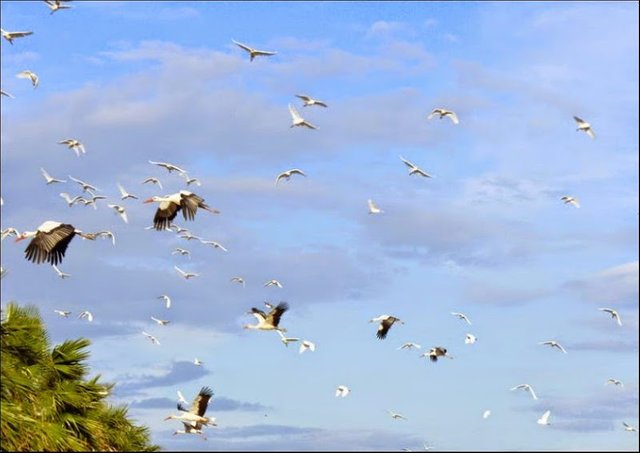
This is where the largest concentration of waterbirds in the wetland complex of the El Kala region meets. The marsh is usually home to 20,000 to 30,000 waterbirds in winter. In summer, the marsh hosts the nesting of several interesting species, including at least one, the white-headed duck, which is at a critical stage of its life cycle.
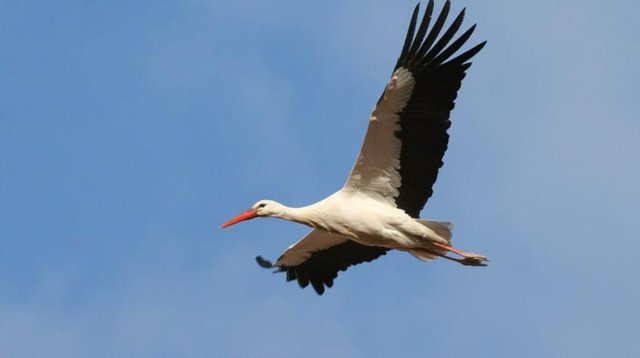
Classified as a Ramsar site of international importance in 2002, this pond is fed by the wadis "Bounamoussa" and "Kebir" and by the watershed of Mount Bouabed.
It is a freshwater marsh with the exception of its downstream part whose waters are brackish because of its contact with the sea at the mouth of the Mafragh, a depth hardly exceeding meter, and is submerged with rich vegetation, sodden soils and swamps lost in alder groves. Its central part, where the two wadis mentioned above meet, is difficult to access and the vegetation is abundant,Several species.
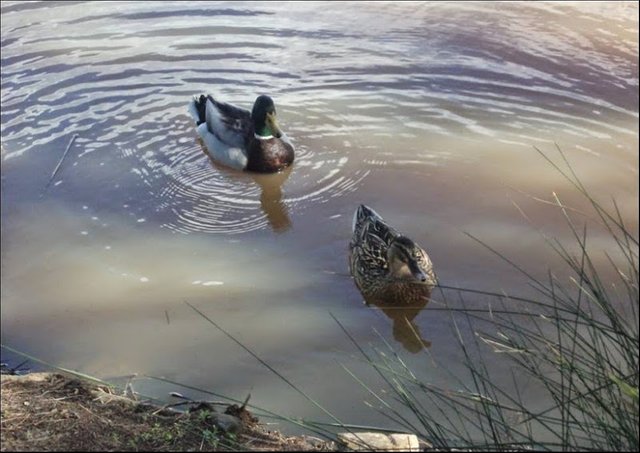
waterfowl can be seen: whistling ducks, geese, crabgrass herons, little egrets, great bitterns, grebe castagneur and others.
Thousands of water birds congregate on these ponds to provide a beautiful, colorful show that amazes both ornithologists and laypersons.
including at least one, the white-headed duck, which is at a critical stage of its life cycle.
 Lake Fetzara
Lake Fetzara
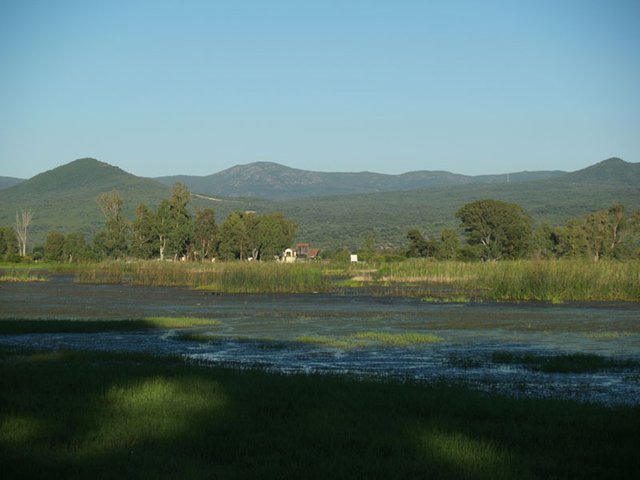
In addition to the lakes of El Kala, 18 km southwest of the city of Annaba, near the municipality of Berrahal, is one of the largest lakes in Algeria: Fetzara Lake (Garat Fzara) . Its area is estimated at over 20000 hectares. The bottom of the lake is 10 meters above the level of the Mediterranean. Suspected by the Mokta El Hadid Iron Ore Company of being the source of malarial fever during the colonial era, the lake was dried out in 1877 for many years and, as a result, lost its nesting qualities. Most important. These dewatering works have also discovered in its basin vestiges of Roman times. This lake, considerably reduced in summer, is a nature reserve with a remarkable ornithological richness and particularly in winter where it constitutes a wintering area of great importance on a regional and international scale.
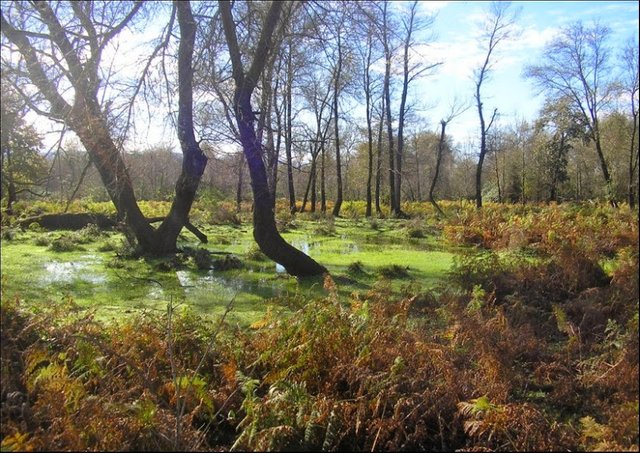
The Park is also an ecotourism site par excellence; it includes several stations of visual interest of which the most remarkable are: the Segleb Cape, the Jebel El Ghorra culminating at 1202 m of altitude, the forests of cork oaks of Bougous, the Meksna dam or the splendid mountainous landscape of El Kifane. The historical heritage of El Kala Park dates back to the early Paleolithic (- 1.8 million years to - 100,000 years ago). It is also the region of the country that has given the most pieces in volume for the puniquo-libyque period. The Park currently has more than 150 historic sites, the most remarkable of which are located on the heights of Bougous, the area of El Aïoun, that of Oum Teboul to Cape Segleb and finally around the Lakes until the Vielle Calle.
 El Kala National Park threatened by East-West Highway road
El Kala National Park threatened by East-West Highway road
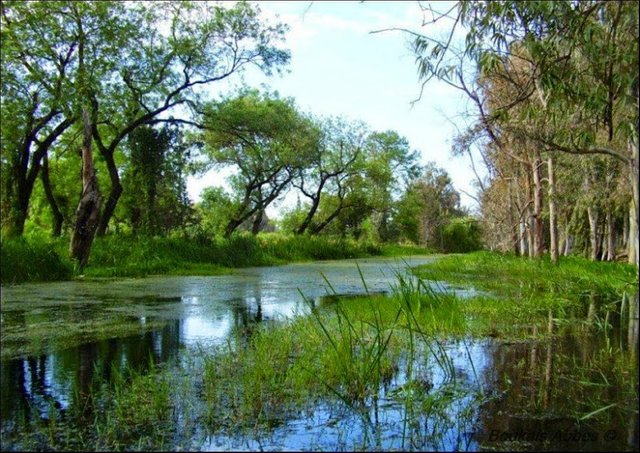
This flagship of Mediterranean biodiversity has however been completely lost since it was officially promulgated as a National Park since 1983. Several tourist facilities and roads were created all around the park without causing any disturbance on the part of civil society. or many associations for the protection of the environment. But the worst is perhaps already happening: the mega-project of the route of the East-West highway is about to cross the wetland of El Kala. This titanic project, which will connect Tlemcen to Annaba on 1216 km of bitumen and which will cost the State the trifle of 11 to 15 billion dollars, Since the launch of a national petition against the route of the highway to El Kala Park,
"That the surface of the park is estimated at 780 Km², while that of the section that crosses it is 1.5 Km², that is to say a plot concerning 0.2% of the surface of the park".
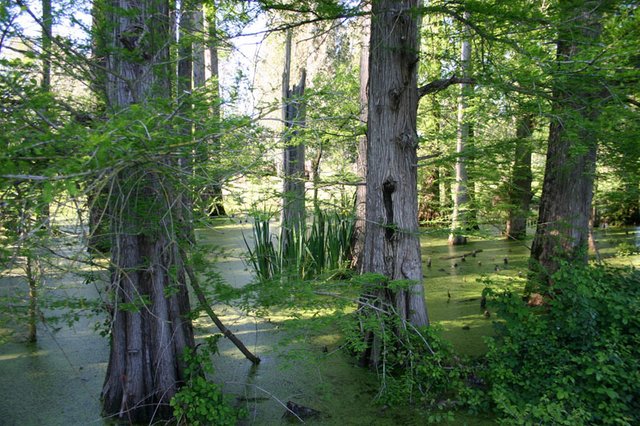
the minister said that "the section of the highway will not cross the lakes or the forest, and he can not, however, bypass the park without losing its purpose and its Maghreb dimension." You do not have to be a graduate of a big school to guess what the impact of nuisances of any kind that this highway will generate in the long term on the ecosystem of the sanctuary ...
For my part, and this only bind me, I am for a zero tolerance. The park must in no case yield the least square meter of its surface. Otherwise this highway will be in the future years a stepping stone for other ambitions in the very heart of the nature reserve.
At a time when all the world's consciences are beginning to react on climate change, Algeria goes against all the other countries' ecology. ... There is an urgent need to find a fair and honorable solution between the interest of the state and the protection of the environment.
Thank you for stopping by, I hope you enjoyed. Please share your thoughts below and comment on what you think :]
Best regards,🌺🌺🌺

source: https://commons.wikimedia.org/
http://www.algeria.com/national-parks/el-kala/
http://traveltoalgeria.weebly.com/el-kala-national-park.html
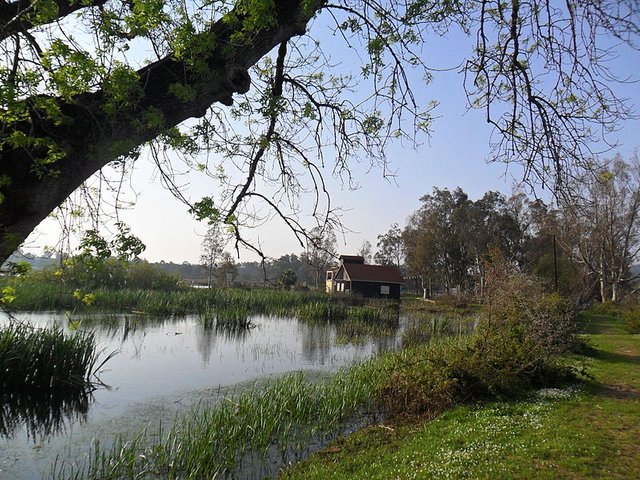
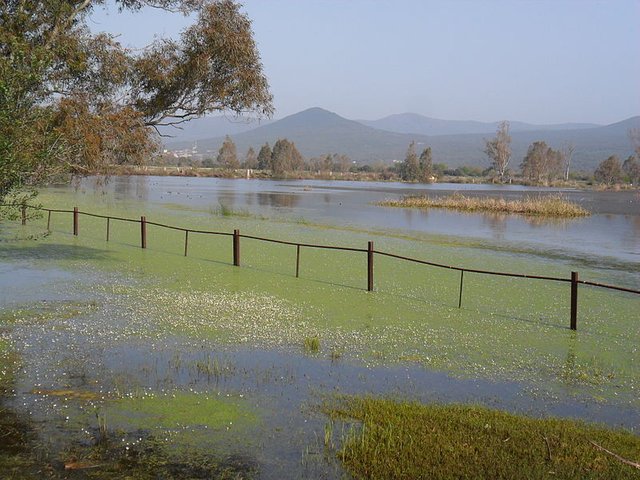
Never explored Argelia. Now, that's a must! Thanks for this info!
Welcome to Steemit, Algeria is a tourist country by exellence....
A fascinating Algerian coastline and the Sahara which is the second largest desert in the world, I advise you to visit.
Excellent work I liked it so much I wish I could continue your work on this as I will give you all the support I hope you will support me if possible Thank you for your time
thanks youssef ^^
nic
thanks nationall ^^
Thank you for sharing
you're welcome ^^
مقال رائع
للاسف بلد جميل لكن يفتقر إلى مسيرين
شكرا للمشاركة الجميلة و المعلومات المفيدة!
حصلت على تصويت من
@arabsteem curation trail !
و تم اختيار مقالتك ضمن مقالات يومية مختارة للنشر اليوم في مقالنا! :)
@originalworks
The @OriginalWorks bot has determined this post by @aek081969 to be original material and upvoted it!
To call @OriginalWorks, simply reply to any post with @originalworks or !originalworks in your message!
مرحبا @aek081969
قمت بإرسال 9.0 سبد وحصلت على 47.0٪ كتصويت مفيد،
وذلك بفضل @starupvote
وشكرا للأخ @aek081969
وتحصل على 21.64 دولار
نتمنى لكم التوفيق والنجاح.
Hi @aek081969
you sent 9.0 SBD and you got a 47.0% @starupvote upgoat, thanks to @aek081969
It consists of $21.64 vote
We wish you good luck and success.
@aek081969 upvoted
This post has received a 2.75 % upvote from @drotto thanks to: @aek081969.